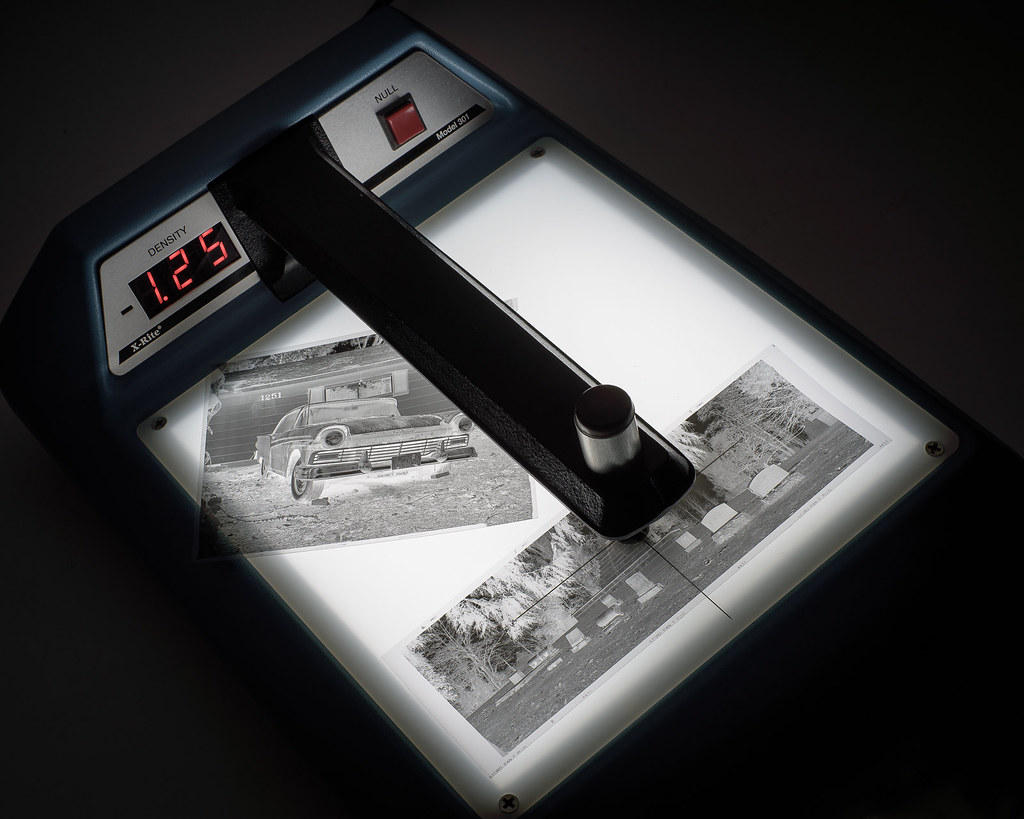 Originally posted by niels hansen
Originally posted by niels hansen 
BIG MAC
I dont know which cameras you will use. From my own experience and talks with very competente members of the danish photohistorical society. The electronic controlled shutters in older cameras are not as reliable as mecanical. the best ones are the copal square and praktica metal shutters, but a wellkept fabric shutter in K 1000 and others are ok.
There might be a problem with batteries for the built in exposure meters, but # one meter in the hand might be better than ten on the camera#. A good solution is to use a dslr as exposuremeter, look at the histogram, mostly it is good that it is close to the right. For me it is better than my spot meter.
There is no universally useable BW film. You will need at least 2 ,but better 3 camerahouses with slow medium and fast films. This equipment is heavy,but you cant run a maraton without beeing tired
If I had to be restricted to only one camera it would be Mamiya ttl with 3 optics, with a single optic Rolleiflex or derivates from this
Thanks, Niels.
I'm going to be using a variety of different cameras - from those with single shutter speed and aperture or just a few limited choices, to fully compacts and SLRs with full control over exposure. My main interest is in shooting my recently-acquired Agfa Isola II, a little Vivitar Ultra Wide and Slim, and a few of my mass-market Soviet cameras - the Smena 8M, Lomo Vilia, and possibly a Lubitel 166+... Not everyone's cup of tea, I realise

I also have some SLRs, including a fully-serviced Pentax ME Super, and I'm sure I'll get round to using those too.
As for metering... I have a very good incident light meter app on my Android phone. Early experiments - using my K-3 in a variety of lighting conditions - have shown it to be pretty darned accurate and reliable, so I'll be using that when needed. As I see it, it's providing an easier and faster to use equivalent of the old analogue light meters, and in that sense I'm happy to use it. I'd rather not rely on DSLR histograms, as for me it would reduce the authenticity of the shooting experience. I'm not looking for (and certainly not expecting) perfect exposure from every shot I take, but rather to enjoy (or be frustrated by

) photography in the same way folks using these same cameras would have been, way back when



 Similar Threads
Similar Threads 



 ) and never had a problem. Saves a ton of water and, as Charles noted, you're assured that the water is a consistent temp throughout.
) and never had a problem. Saves a ton of water and, as Charles noted, you're assured that the water is a consistent temp throughout.



 I also have some SLRs, including a fully-serviced Pentax ME Super, and I'm sure I'll get round to using those too.
I also have some SLRs, including a fully-serviced Pentax ME Super, and I'm sure I'll get round to using those too.  ) but it's essential you make sure the first film is absolutely and positively at the end of the spool and can't go any further. I've cocked this up a few times losing a couple of frames through inadvertent overlap so I wouldn't do it if I'd anything substantial to lose. This is a Paterson reel, BTW.
) but it's essential you make sure the first film is absolutely and positively at the end of the spool and can't go any further. I've cocked this up a few times losing a couple of frames through inadvertent overlap so I wouldn't do it if I'd anything substantial to lose. This is a Paterson reel, BTW.





 Post #45 by niels hansen
Post #45 by niels hansen








